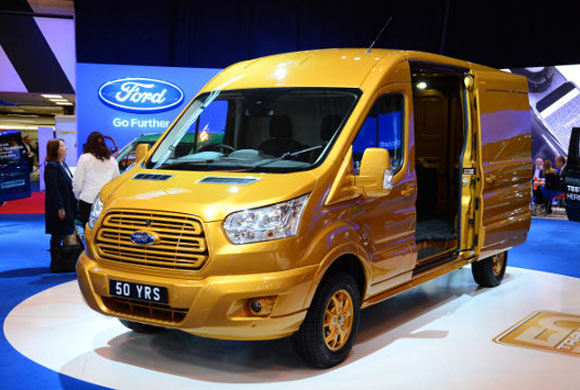With over eight million examples across the globe, the Transit is celebrating its 50th birthday this month
When it was first introduced to the world in 1965, no one thought that very soon this box like van will become the backbone of the Britain along with so many other countries worldwide. Car-like performance, and tough mechanicals, these two features were never been blended into a commercial vehicle before.
Let’s look back into the time and find out how it evolved through ages.
The introduction of diesel version
Since 1965, the Transit was offered in petrol version only, but before the arrival of Mark Two in the year 1978, Ford played its cards right and introduced a diesel version. The Mark Two was carefully thought out and thus, stepped in at the right time with an automatic gearbox and much-improved aerodynamics.
Mark Three – The modern design
The Mark Two instantly became the next sweetheart of fleet owners and people doing commercial business and that urged Ford to put in more efforts and come up with something more slick and innovative. In 1986, the Mark Three was introduced, featuring the classic oval grille and a modern design.
Luckily, by then, Ford Transit had become so popular that it passed the milestone of 3 million sales. That was the time when Ford offered emergency services vehicle in more powerful V6 engine version.
The expansion of range and features
The fourth generation of Ford Transit made its debut in 2000. By now, Transit has become world’s most favourite commercial vehicle. For the first time, Ford introduced the front and rear-wheel drive versions and offered the latest technologies like ABS and ESP.
Passing the 7 million mark
The popularity of Ford Transit vans skyrocketed and when the fifth generation Transit made its debut three years ago, the sales mark of 7 million vehicles sold globally was passed quite easily. Keeping in view the global demand, for the first time, Ford has begun the production and sales of its iconic van in the North America.
Keeping in mind the popularity of Ford Transit vans, one can easily predict that it will continue its legacy in the sixth decade and on.




